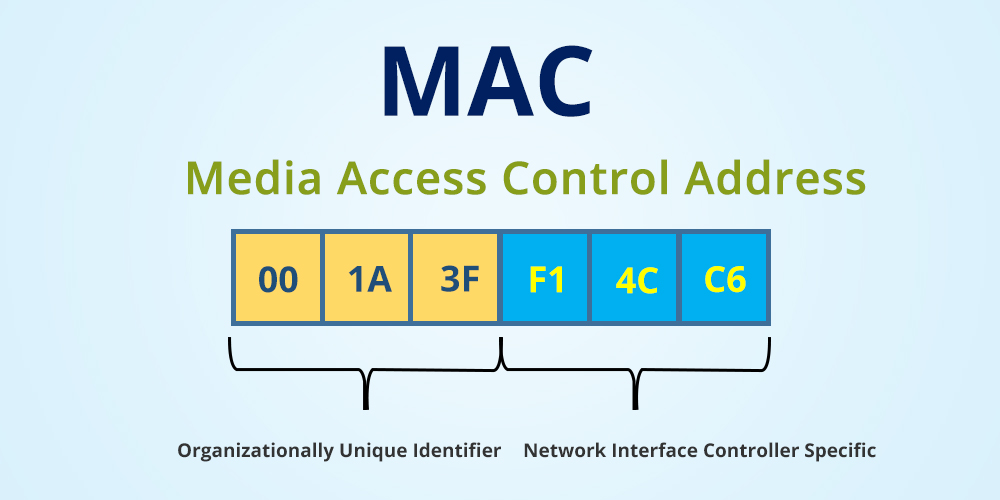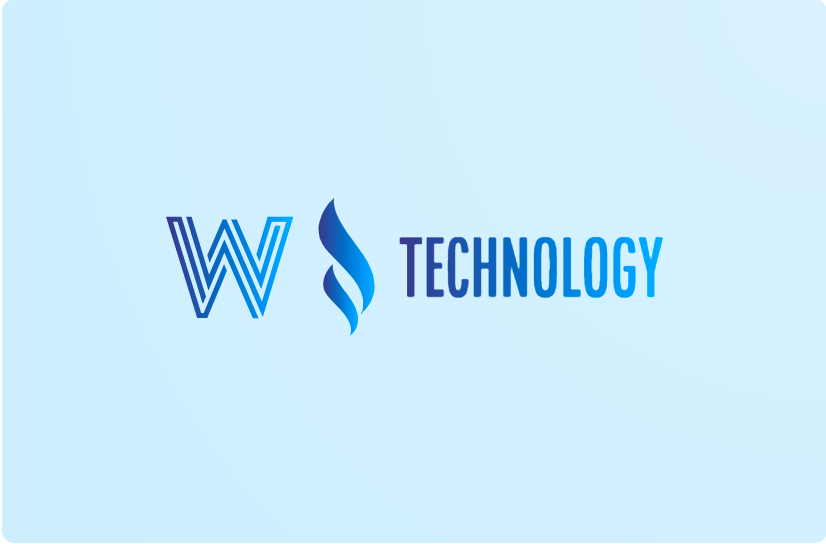OSI (Open Systems Interconnection) Introduction
The Open Systems Interconnection (OSI) model is a conceptual framework that standardizes the functions of a telecommunication or computing system into seven distinct layers. This model serves as a foundation for understanding how data is transmitted over a network and is a fundamental concept in the world of computer networking. In this blog post, we will explore each of the seven OSI layers in detail, discussing their functions, key protocols associated with each layer, and providing real-world examples.1. Physical Layer
The Physical Layer is the lowest layer of the OSI model, responsible for the physical connection between devices. It deals with the transmission and reception of raw data bits over a physical medium, such as cables or wireless signals. Key functions of this layer include signal encoding, data transmission rates, and modulation.
Protocols and Examples:
- Ethernet: This widely used protocol governs the wired connections in local area networks (LANs).
- USB (Universal Serial Bus): It is used for connecting various peripherals to computers, such as keyboards, mice, and external hard drives.
2. Data Link Layer
The Data Link Layer is responsible for creating a reliable link between two directly connected nodes, addressing hardware addresses (MAC addresses), and managing data frames. This layer ensures error detection and correction and controls access to the physical medium.Protocols and Examples:
- Ethernet (again): Ethernet operates in both the Physical and Data Link layers. It's responsible for framing data into packets and controlling access to the network medium.
- Wi-Fi (802.11): Wireless LANs use protocols like Wi-Fi to manage connections between devices and access points.
3. Network Layer
The Network Layer deals with routing data packets from the source to the destination across multiple networks. It assigns logical addresses (IP addresses) to devices, performs logical addressing, and determines the best path for data to traverse the network.
Protocols and Examples:
- Internet Protocol (IP): IP is the backbone of the internet and is responsible for routing data packets between networks. IPv4 and IPv6 are two versions of this protocol.
- Routing protocols like OSPF (Open Shortest Path First) and BGP (Border Gateway Protocol) help routers make decisions on forwarding data.
4. Transport Layer
The Transport Layer ensures end-to-end communication between devices. It segments, reassembles, and manages the flow of data between the sender and receiver. It is also responsible for error detection and correction.
Protocols and Examples:
- Transmission Control Protocol (TCP): TCP provides reliable, connection-oriented communication. It is commonly used for applications like web browsing and email.
- User Datagram Protocol (UDP): UDP offers a connectionless, low-overhead communication method, suitable for real-time applications like VoIP and online gaming.
5. Session Layer
The Session Layer establishes, maintains, and terminates communication sessions between devices. It handles synchronization, checkpointing, and recovery of data exchange.Protocols and Examples:
- NetBIOS (Network Basic Input/Output System): NetBIOS is used for session management in Windows-based networks.
- Remote Procedure Call (RPC): RPC is a protocol that allows programs to request services from other programs on different devices.
6. Presentation Layer
The Presentation Layer ensures that data exchanged between devices is in a format that both can understand. It deals with data translation, compression, and encryption.
Protocols and Examples:
- Secure Sockets Layer (SSL) and its successor, Transport Layer Security (TLS): These protocols secure data transmission on the internet by encrypting data sent between web browsers and servers.
- ASCII (American Standard Code for Information Interchange): ASCII is a character encoding standard used for text-based communication.
7. Application Layer
The Application Layer is the topmost layer and directly interacts with end-user applications. It provides a platform-independent interface for application software to communicate over the network.
Protocols and Examples:
- HTTP (Hypertext Transfer Protocol): HTTP is used for transferring web pages and related content on the World Wide Web.
- SMTP (Simple Mail Transfer Protocol): SMTP is responsible for sending and receiving email messages.
Conclusion
The OSI model is a fundamental concept in computer networking, providing a structured way to understand the various layers involved in transmitting data across networks. Each layer has its specific functions and protocols that work together to ensure reliable communication. Understanding this model is crucial for network administrators, developers, and anyone working with computer networks. By comprehending the OSI layers, you gain valuable insights into how data travels through the intricate web of modern networks.




















0 Comments